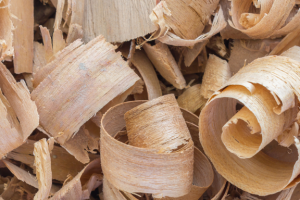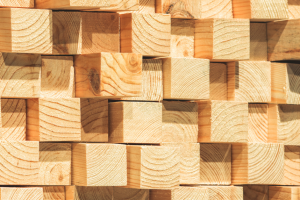As demand runs rife and the pipeline of building work seems endless, imports of sawn softwood lifted 36.6% to reach 630,278 m3 over the year-ended November 2021. All the major grades saw the mainly European producers lift their supplies into Australia, at a time when they have been at their most needed in history.
As the chart below shows, after ramping down at the end of the prior boom and bottoming in May 2020, annualised imports commenced a slow, but steady program of increases that is continuing as the pipeline of work continues to expand.

To go straight to the dashboard and take a closer look at the data, click here.
As might be expected, there are three main grades of sawn softwood that make up the majority (around 75% most months) of import supply.
Pre-eminent among these in the latest boom has been the Dressed Fir or Spruce, which among the three main grades has expanded most rapidly, lifting 72.4% over the year-ended November, to total 227,482 m3.
As the next chart demonstrates, though others have come to the party, it is the German supply that has made the difference in the recent boom. At a little over 108,000 m3, imports from Germany have almost doubled over the last year, with the second largest supplier delivering almost 58% more supply over the same period.

To go straight to the dashboard and take a closer look at the data, click here.
The second largest import grade is the ‘Other’ Dressed, imports of which are up 23.8% to the end of November, at 153,031 m3. Supply is led by Estonia (-4.5%), but the market support has been delivered by a range of other countries, with shipments from Finland standing out because they rose 330% to 17,874 m3 over the period.

To go straight to the dashboard and take a closer look at the data, click here.
The third largest import grade over the year has been Other Roughsawn, where a lift of 59.1% to 94,383 m3 over the year-ended November 2021 shows the Czech Republic (+62.2% to 53,879 m3) and Poland (+19.8% to 26571 m3) have delivered the majority of supply.

To go straight to the dashboard and take a closer look at the data, click here.
A domestic market weighed down by demand that has spiralled to never-before-seen levels and that has capacity constraints is very reliant on international timber supplies to help it meet the market.
In the last year – and probably for the next – the necessity of import supply, and to some extent the fragility of that reliance, will be on display. The market expects to see imports increase through at least 1H22, as the vast housing pipeline continues to appear endless.



